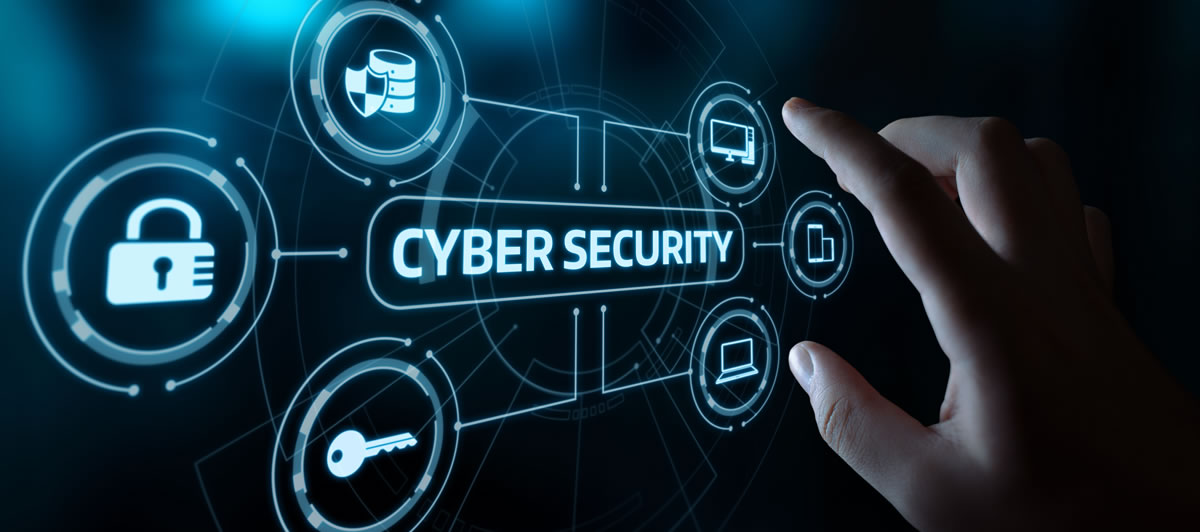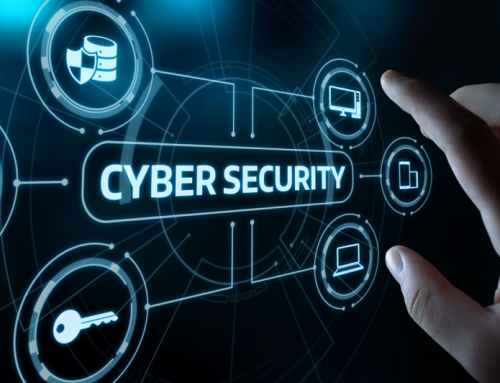When you spend hours digging into logs, running scans, and piecing together findings, it can feel like the technical details should speak for themselves. But here’s the thing—most executives don’t have time (or the technical background) to wade through a 40-page report full of jargon and acronyms. That’s why the executive summary is so important.
A good executive summary translates your technical work into plain language that decision-makers can act on. Done right, it makes your work more impactful and helps leadership understand why your findings matter.
What Is an Executive Summary in a Security Report?
An executive summary is a short section at the beginning of a report that highlights the most important findings, risks, and recommendations. Instead of explaining every log entry or scan result, it gives a high-level overview of what happened, what it means, and what should be done next.
Think of it as the “movie trailer” for your report. It doesn’t give every detail, but it shows the highlights and convinces leadership to pay attention.
Why It Matters
Executives think in terms of risk, cost, and impact—not port numbers or registry keys. If your summary doesn’t connect the dots between technical findings and business concerns, your report might get ignored.
A strong executive summary:
-
Captures attention quickly by stating the incident or issue clearly.
-
Explains impact in business terms (downtime, data loss, compliance risk).
-
Recommends actions without overwhelming the reader with technical jargon.
Without it, leadership may struggle to prioritize security initiatives or approve resources your team desperately needs.
Key Elements of an Effective Executive Summary
-
Start with the Incident or Finding
Open with a clear statement of what happened or what was discovered. Example: “During a routine vulnerability assessment, critical flaws were identified in our cloud environment.” -
Explain the Business Impact
Translate the technical risk into business terms. Instead of saying “SQL injection vulnerability detected,” say “This flaw could allow attackers to access customer records, leading to compliance violations and loss of trust.” -
Highlight the Response
If the team already took action, summarize it here. Example: “The affected systems were patched within 24 hours to prevent exploitation.” -
Provide Recommendations
Offer 2–3 clear next steps, such as improving patch management, investing in monitoring tools, or running additional training. -
Keep It Short
Stick to one page (or less). Executives should be able to read it in under five minutes. -
Avoid Jargon
Replace acronyms and technical language with plain explanations. For instance, instead of “DLP,” write “data loss prevention system.”
Practical Tips
-
Use bullet points where possible to make it skimmable.
-
Write as if you’re explaining the situation to a non-technical friend.
-
Focus on what matters now—don’t get lost in background noise.
-
Ask a colleague from outside IT to read your draft and see if it makes sense to them.
Why This Matters for CompTIA Certifications
If you’re on the CompTIA certification path, you’ll see the importance of executive summaries across multiple exams:
-
Security+: Stresses the value of communication in incident response.
-
CySA+: Focuses on analysis and reporting, where being able to summarize findings is a critical skill.
-
CASP+: Emphasizes communicating complex security issues at the executive and enterprise level.
In exams and in real life, technical skills alone aren’t enough—you also need to show you can communicate effectively with stakeholders who make big decisions.
Final Thoughts
An executive summary is more than just an introduction—it’s the bridge between your technical expertise and the people who control budgets, policies, and priorities. By writing clear, concise, and business-focused summaries, you’ll make sure your hard work drives real action.
For anyone pursuing CompTIA certifications, mastering executive summaries is a double win: it helps you succeed on the exams and prepares you for one of the most practical, everyday tasks in cybersecurity.



